Introduction
Managing a workforce efficiently while ensuring accurate payroll processing is critical for businesses of all sizes. Companies often face challenges in tracking employee hours, managing shifts, handling payroll deductions, and ensuring compliance with labor laws. When workforce management systems and payroll software operate separately, HR teams spend excessive time manually processing data, leading to errors, inefficiencies, and compliance risks.
Integrating these two systems eliminates these challenges by automating data flow, improving accuracy, and enhancing employee experience.
In this blog, we’ll explore the core components, benefits, key considerations, and future trends of workforce payroll integration. Read on to discover how seamless payroll integration can transform your organization.
As companies look to optimize efficiency, exploring platforms like TeamLease Digital can provide integrated solutions tailored to the unique needs of HR professionals.
What is Workforce Payroll Integration?
Workforce payroll integration refers to the process of connecting payroll software with other business systems, such as HR management, time tracking, and accounting tools. This integration streamlines the payroll process by automating data transfers between systems, reducing the risk of errors, and ensuring accurate and timely payroll processing. By consolidating employee data, pay rates, working hours, and tax calculations into one unified system, businesses can save time, enhance compliance, and improve overall operational efficiency.
Why Is Workforce Payroll Integration Essential?
The traditional method of maintaining separate workforce and payroll systems results in misalignment of employee data, delays in salary processing, and regulatory risks. Workforce payroll integration brings all these functions together into a unified system, ensuring:
- Accurate salary calculations based on real-time attendance and work records
- Seamless tax and benefits processing with automated compliance updates
- Faster payroll processing, reducing administrative workload
- Improved employee satisfaction with transparent salary calculations and timely payments
- Reduced financial risks due to payroll miscalculations or regulatory violations
To understand the impact of integration, let’s explore the core components of workforce management and payroll systems.
Components of Workforce Management and Payroll Systems
To achieve seamless integration, businesses must first understand the core functions of workforce management and payroll systems and how they complement each other.
1. Core Features of Workforce Management Systems
A Workforce Management (WFM) system is designed to handle everything related to employee productivity and scheduling. Some of its essential features include:
- Time and Attendance Tracking – Monitors work hours, overtime, and absences
- Shift Scheduling and Workforce Forecasting – Allocates shifts dynamically based on demand and past trends
- Leave and Absence Management – Automates vacation requests, sick leaves, and other time-off approvals
- Performance Analytics and Reporting – Tracks productivity levels, KPIs, and workforce efficiency metrics
- Workforce Compliance Management – Ensures adherence to labor laws, overtime policies, and union agreements
2. Primary Functions of Payroll Systems
A Payroll System ensures that employee wages are processed accurately and in compliance with relevant tax and labor laws. Key functions include:
- Automated Salary Computation – Calculates wages based on work hours, bonuses, and deductions
- Tax and Benefits Administration – Manages tax withholdings, retirement contributions, and health insurance deductions
- Direct Deposit Processing – Transfers salaries securely to employees’ bank accounts
- Payroll Compliance Reporting – Ensures adherence to labor laws and tax regulations
- Multi-Currency and Global Payroll Support – Allows businesses to operate across multiple regions
3. Integration Points Between Workforce Management and Payroll Systems
To ensure efficiency, workforce management and payroll systems must communicate seamlessly through specific integration points, such as:
- Time and Attendance Syncing – Real-time updates on employee work hours and attendance records
- Leave and Overtime Management – Automatic reflection of absences, paid leaves, and extra work hours in payroll calculations
- Compliance and Tax Data Updates – Ensuring payroll processes align with labor laws and tax regulations
- Self-Service Portals for Employees – Enabling employees to access payslips, work schedules, and leave balances in one place
Platforms like TeamLease Digital offer solutions that naturally enhance these integration points, ensuring businesses operate without data silos.
Alright, now that we’ve covered the technical side of things, let’s dive into how this integration can actually benefit your business.
Benefits of Workforce Management and Payroll Integration
Integrating workforce management systems with payroll software provides businesses with a seamless way to handle payroll processing while improving accuracy, compliance, and employee satisfaction. Below are the key advantages:
1. Enhanced Data Accuracy and Error Reduction
- Eliminates manual data entry mistakes that lead to incorrect tax deductions or salary miscalculations.
- Automates data flow between workforce and payroll systems, reducing duplication of records.
- Ensures payroll calculations are based on real-time attendance, overtime, and leave data.
- Minimizes discrepancies between reported work hours and actual payouts.
2. Increased Efficiency and Lower Administrative Burden
- Reduces the need for HR and payroll teams to manually track work hours and process salary calculations.
- Frees up HR staff to focus on employee engagement, talent management, and workforce strategy.
- Shortens payroll processing time, allowing faster salary disbursement.
- Reduces paperwork and manual approval chains, making HR workflows more efficient and scalable.
3. Improved Employee Experience and Transparency
- Ensures timely and accurate salary payments, minimizing payroll disputes.
- Provides employees with self-service portals to track earnings, deductions, tax filings, and leave balances.
- Improves trust and transparency by eliminating payroll inconsistencies.
- Reduces frustration caused by miscalculated overtime, bonuses, or delayed salary payouts.
4. Ensured Compliance with Labor Laws and Tax Regulations
- Keeps businesses updated with local, state, and international labor laws.
- Automates tax deductions, benefits calculations, and overtime pay adjustments.
- Reduces the risk of fines and penalties due to non-compliance with employment laws.
- Maintains detailed payroll records to streamline audits and financial reporting.
5. Data-Driven Decision-Making and Strategic Workforce Planning
- Provides HR teams with real-time workforce analytics to identify labor cost trends.
- Helps optimize employee scheduling to improve productivity and reduce unnecessary labor expenses.
- Tracks payroll trends, employee turnover, and overtime usage to improve business forecasting.
- Enables better financial planning and budgeting based on workforce expenses.
6. Scalability and Flexibility for Growing Businesses
- Supports multi-location and global payroll processing, making it ideal for expanding businesses.
- Adapts to remote and hybrid work models, integrating cloud-based workforce tracking.
- Scales easily as workforce size increases, ensuring payroll processes remain efficient.
7. Stronger Security and Data Protection
- Reduces human intervention, minimizing payroll fraud risks.
- Encrypts sensitive payroll and employee data, ensuring GDPR, SOC 2, and ISO 27001 compliance.
- Implements role-based access controls to protect confidential salary and benefits information.
By choosing comprehensive solutions available on TeamLease Digital, HR teams can significantly minimize manual tasks and focus on strategic initiatives.
Now that we’ve explored the benefits, let’s talk about practical ways to ensure your integration project is a success.
Key Considerations for Successful Integration
Successful integration of workforce management and payroll systems requires a strategic approach. To ensure a seamless transition, businesses must focus on the following key areas:
1. Selecting the Right Platform
Opt for a cloud-based, scalable solution with real-time updates, API compatibility, and AI-driven automation to ensure seamless integration with HR and financial systems.
2. Strengthening Data Security
Implement encryption, multi-factor authentication (MFA), role-based access controls, and regular security audits to protect sensitive payroll data and comply with GDPR, SOC 2, and ISO 27001.
3. Ensuring Compliance with Labor Laws
Different countries have unique tax regulations, overtime laws, and benefits policies—the integrated system should automatically update compliance rules to prevent legal issues.
4. Aligning with Business Goals
The system should support custom pay structures, multi-currency payroll, and workforce-specific policies to accommodate diverse business operations.
5. Managing Change and Adoption
Offer comprehensive training, user-friendly dashboards, and AI-powered chatbots to assist HR teams and employees in adapting to the new system.
6. Supporting Real-Time Data Synchronization
Ensure instant updates across HR, payroll, and accounting platforms to avoid mismatches in payroll calculations, tax filings, and employee benefits.
A well-integrated workforce payroll system drives efficiency, accuracy, and compliance, reducing administrative burdens and enhancing workforce satisfaction.
TeamLease Digital offers cloud-based, scalable solutions that are AI-driven, helping businesses meet their integration goals efficiently.
With the groundwork laid, let’s jump into the actual steps you’ll need to take for a smooth integration.
Steps to Successfully Integrate Workforce Management with Payroll
Integrating workforce management with payroll requires a structured approach to ensure seamless data flow, compliance, and efficiency. A well-planned implementation minimizes errors, reduces administrative workload, and improves overall payroll accuracy. Below are the key steps to achieve a successful integration:
1. Assess System Readiness and Define Goals
Conduct a thorough audit of existing payroll and workforce management systems. Identify integration gaps, compliance requirements, and key objectives to align the process with business needs.
2. Choose the Right Integration Tools
Select a scalable, API-compatible platform that ensures smooth data flow between payroll, HR, and workforce management systems. Prioritize solutions that support real-time updates and automation.
3. Configure Workflows and Automate Processes
Establish clear data mapping between systems. Automate payroll calculations based on work hours, overtime, benefits, and tax deductions to eliminate manual errors.
4. Test, Validate, and Troubleshoot
Run a pilot phase to verify data accuracy, check for synchronization issues, and ensure payroll processing aligns with workforce schedules. Address any errors before full deployment.
5. Train Teams and Monitor Performance
Provide hands-on training for HR, payroll, and IT teams to ensure they can efficiently operate the integrated system. Continuously track system performance, employee feedback, and compliance updates to optimize efficiency.
Opt for solutions that support real-time updates and automation, such as those found on TeamLease Digital, to ensure smooth transitions.
Even with the best plans, challenges can arise—here’s what to watch out for and how to handle them.
Common Challenges in Workforce and Payroll Integration
While integrating workforce management with payroll brings efficiency, it also introduces several challenges that businesses must navigate. Here’s a closer look at the most common obstacles:
- System Compatibility Issues – Legacy HR and payroll systems often lack compatibility with modern integration tools, making data migration and synchronization difficult.
- Data Synchronization Delays – Payroll relies on accurate workforce data. If attendance, overtime, or leave data doesn’t update in real-time, errors in payroll processing can occur.
- Scalability Concerns – As businesses grow, their workforce structure changes. Some integrations struggle to adapt to new pay structures, compliance updates, or expanding teams.
- Security and Compliance Risks – Handling sensitive employee data requires strict adherence to regulations like GDPR and SOC 2. Weak security measures could lead to data breaches or legal penalties.
- User Adoption and Training Challenges – Employees and HR teams may resist change due to unfamiliarity with new systems. Proper training and onboarding are essential for smooth adoption.
Successfully addressing these challenges requires careful planning, investment in scalable technology, and strong security measures to ensure a seamless integration.
Choosing a modern platform like TeamLease Digital can alleviate compatibility issues, offering a wide range of solutions compatible with existing systems.
Emerging Trends in Workforce and Payroll Integration
The future of workforce and payroll integration is evolving rapidly, driven by technology and the need for efficiency. Here are the key trends shaping the industry:
- AI-Driven Payroll Automation – Artificial intelligence will streamline payroll by predicting salary trends, minimizing errors, automating tax compliance, and even detecting payroll fraud.
- Cloud-Based Solutions – More companies will shift to cloud-based payroll and workforce management platforms, ensuring real-time data access, enhanced security, and remote workforce management capabilities.
- Mobile-First Workforce Management – Employees and HR teams will increasingly rely on mobile apps to track work hours, access digital payslips, manage benefits, and request time off anytime, anywhere.
- Unified HR and Payroll Ecosystems – The future will bring seamless integration of payroll, workforce management, benefits, and performance tracking into a single, AI-powered platform, reducing silos and improving HR efficiency.
As businesses embrace these innovations, payroll and workforce management will become faster, more accurate, and highly automated, allowing HR teams to focus on strategic growth.
Conclusion
Workforce payroll integration is a game-changer for businesses looking to streamline HR operations, enhance accuracy, and ensure compliance. By reducing manual processes, automating calculations, and improving workforce visibility, businesses can enhance efficiency and employee satisfaction.
As workforce management evolves, companies in the UAE and Saudi Arabia can stay ahead by leveraging TeamLease Digital, Asia & the Middle East’s largest HR technology marketplace.
Explore TeamLease Digital today to find the right workforce and payroll integration solutions for your business!







